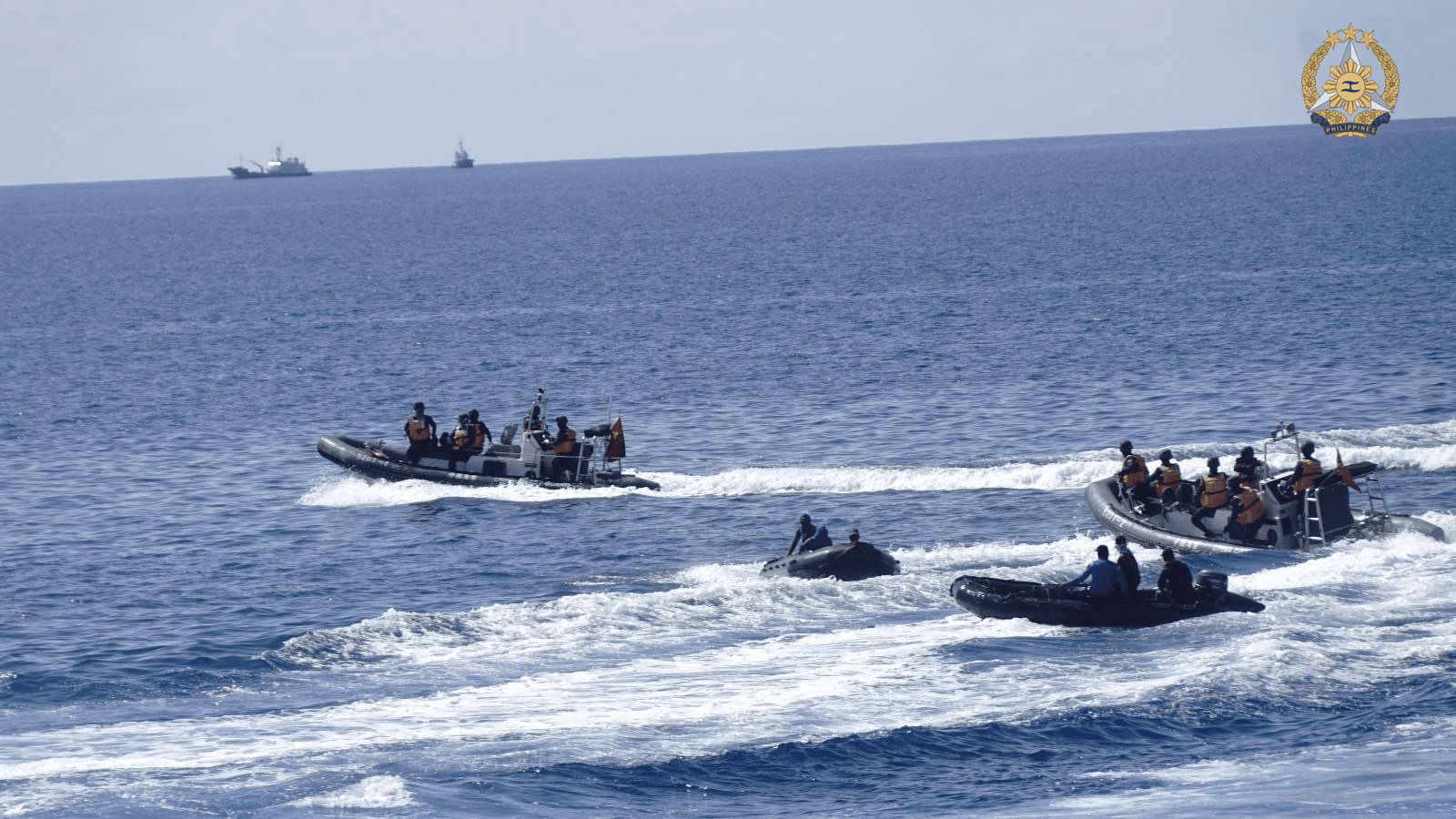146 Chinese vessels operating in West Philippine Sea, says PN officer

A total of 146 Chinese vessels have been monitored in the West Philippine Sea (WPS) during the past week, a ranking officer of the Philippine Navy (PN) disclosed Tuesday, June 11.
Commodore Roy Vincent Trinidad, PN spokesperson for WPS, said 22 People’s Liberation Army (PLA) Navy ships, 16 China Coast Guard (CCG) vessels, and 108 Chinese maritime militia vessels (CMMVs) were spotted operating in the country’s waters from June 4 to 10.
This was more than the 125 Chinese vessels (11 PLA Navy ships, nine CCG vessels, and 105 CMMVs) monitored during the May 28 to June 3 monitoring.
The monitoring covers the nine features occupied by the Philippines in the Kalayaan Island Group (Spratly Islands) namely Bajo de Masinloc (Scarborough or Panatag Shoal), Ayungin (Second Thomas) Shoal, Pag-asa (Thitu) Island, Parola Island (Northeast Cay), Kota (Loaita) Island, Likas (West York) Island, Lawak (Nanshan) Island, Panata Island (Lankiam Cay), and Patag (Flat) Island.
It also includes Escoda (Sabina) Shoal and Julian Felipe (Whitsun) Reef.
Trinidad particularly pointed out that the number of PLA Navy vessels have doubled, and he attributed the increase to the military exercise conducted by China in the vicinity of Escoda Shoal from June 2 to 4.
“They were just there, they were anchored, they were nested side by side. They were not doing any actions that would point to anything illegal except for their presence,” he said.
The PN spokesman earlier denounced the military exercise conducted by the Chinese military in Escoda Shoal, which is located within the Philippines’ exclusive economic zone (EEZ).
Further, Trinidad said that the number of Chinese vessels is expected to go down during the prevalent rainy season in the area.
“Their presence in the South China Sea, West Philippine Sea is all dictated by certain factors like their maintenance and repair, and of course the weather,” he noted.